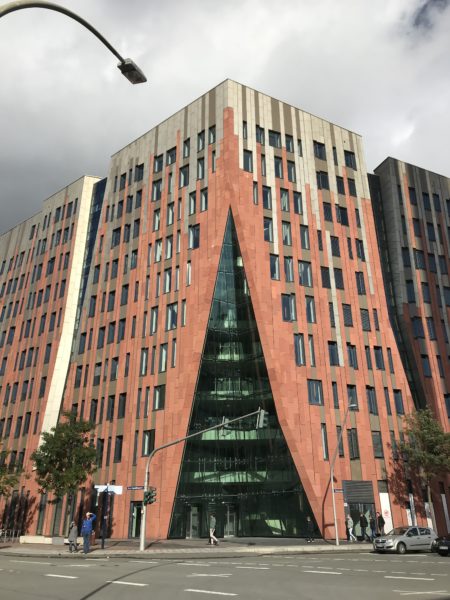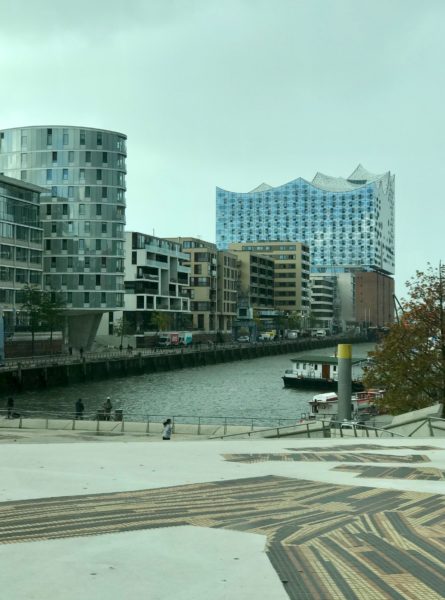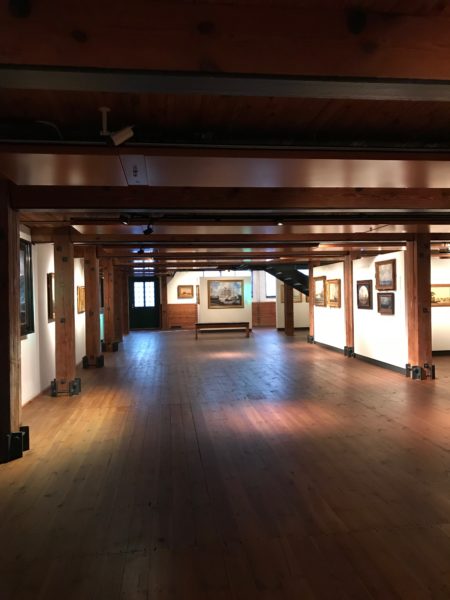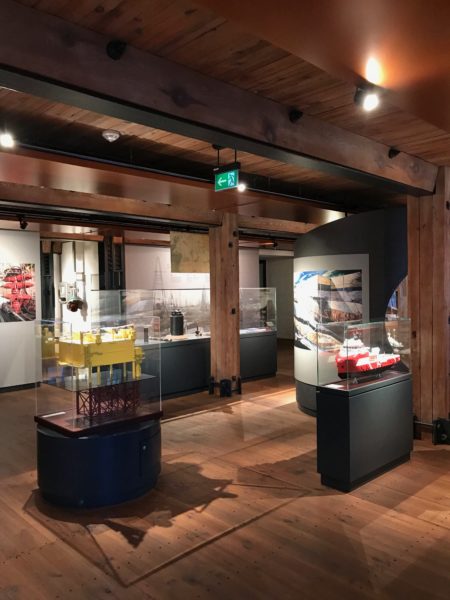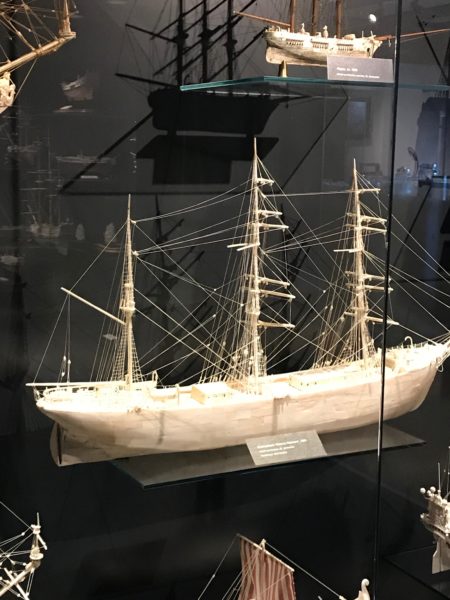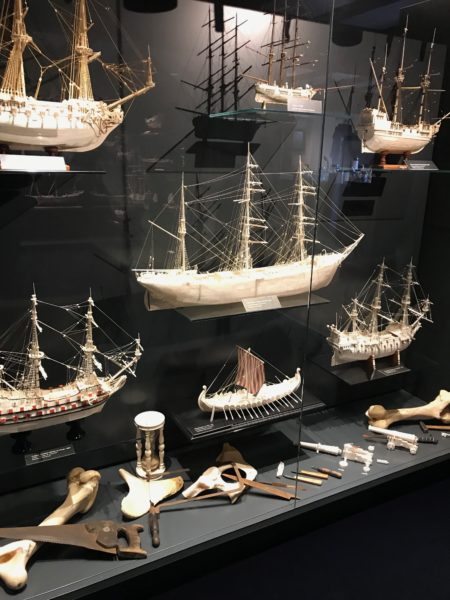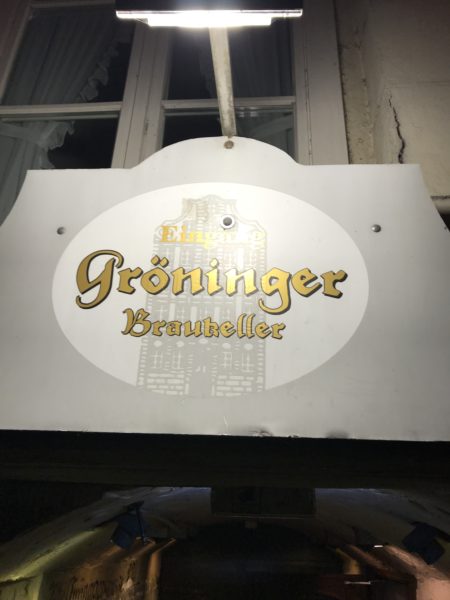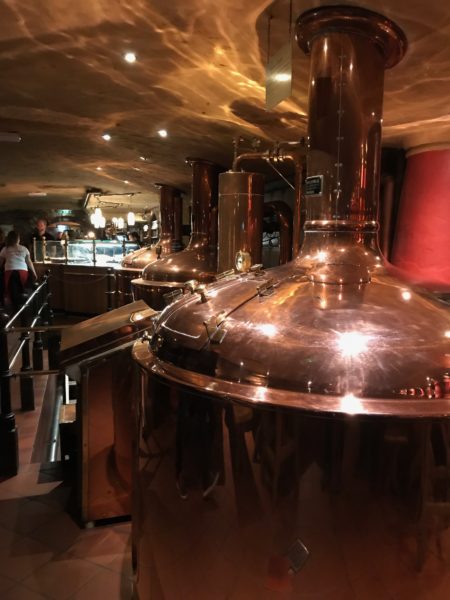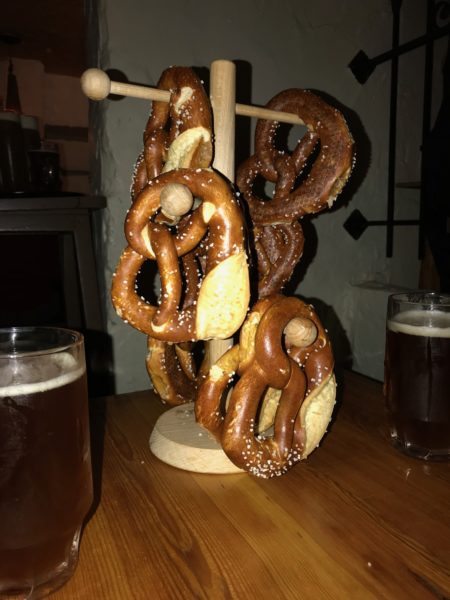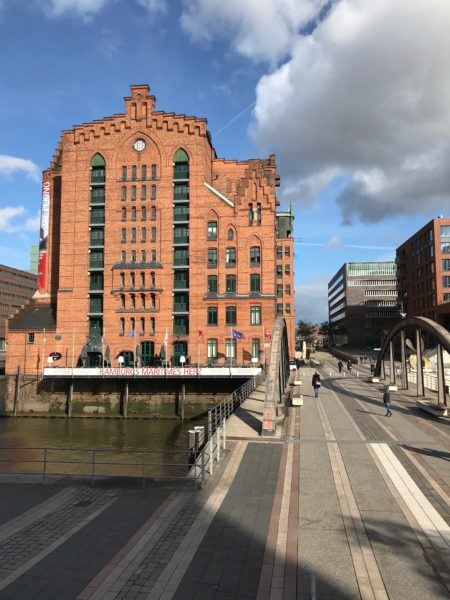
https://www.circologhislandi.net/en/conferenze/Tramadol For Sale Online Uk International Maritime Museum ©2018 Bo Mackison
Buy Cheap Tramadol Online Uk From journal notes October 3, 2018:
We returned to the Viking Sky after our walking tour and ate a late lunch, and we still had six hours before our planned excursion to the Reeperbahn. Checking Google maps, we discovered Hamburg’s Maritime Museum was only a 10 minute walk from where the ship was docked. There was plenty to look at on our stroll to the museum.
- Sumatrakontor ©2018 Bo Mackison
- Elbphilharmonie ©2018 Bo Mackison
The Sumatrakontor (left photo) Dutch architect Erick van Egeraat designed a mixed-use building with a facade that parts like a pair of red curtains. Located in the HafenCity development area of the city, the ten-story Sumatrakontor is clad in stone that mimics the red colour of brick buildings nearby on the harbor.
The Elbphilharmonie (right photo) has a glass facade with wave-like rooftop and rises up from the former Kaispeicher building on the western tip of the HafenCity. It houses two concert halls, the Westin Hamburg, and luxury apartments. Between the old warehouse and the glass structure is the Plaza – a public viewing area that extends around the whole building.
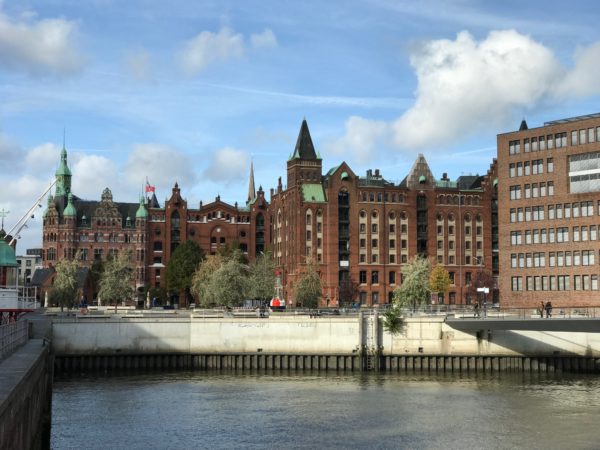
Speicherstadt (Warehouse City) ©2018 Bo Mackison
As we walked across the harbor, we could see the warehouse district. Named as a UNESCO site in 2015, Speicherstadt — with its buildings and network of streets, canals and bridges — is considered “an extraordinary example of representing one or more eras of human history.”
From Hamburg’s website: Speicherstadt (Warehouse City) is the world’s largest complex of warehouses and spans an area of 64 acres. Built into the Elbe river between 1883 and the late 1920s, the complex is supported on thousands of oak poles. The neo-gothic brick architecture of Speicherstadt contrasts the neighbouring HafenCity with many of Hamburg’s modern steel-and-glass constructions.
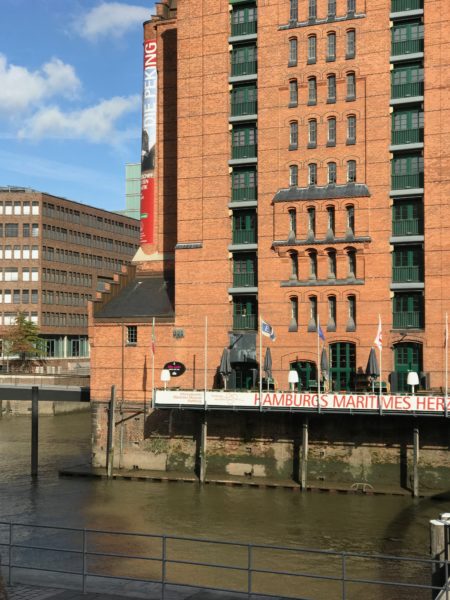
International Maritime Museum ©2018 Bo Mackison
International Maritime Museum, which opened in 2008, houses the 40,000 item collection of Peter Tamm (1928-2016) former chairman of the board of Axel Springer AG.
The 9 story museum is in the Kaispeicher B (quay warehouse B), the oldest preserved warehouse in Hamburg, built in 1878-79 and renovated extensively for the museum.
- Exhibits International Maritime Museum©2018 Bo Mackison
- Exhibits International Maritime Museum ©2018 Bo Mackison
What a great use of an old building. We began our exploration on the ninth floor which was filled with thousands of miniature ship models. The exhibit has what was the first piece of the collection–a small model given to Tamm by his mother when he was sick and needed to stay in bed.
And we spent an hour exploring the eighth floor which housed Maritime art, including several cases of bone ships.
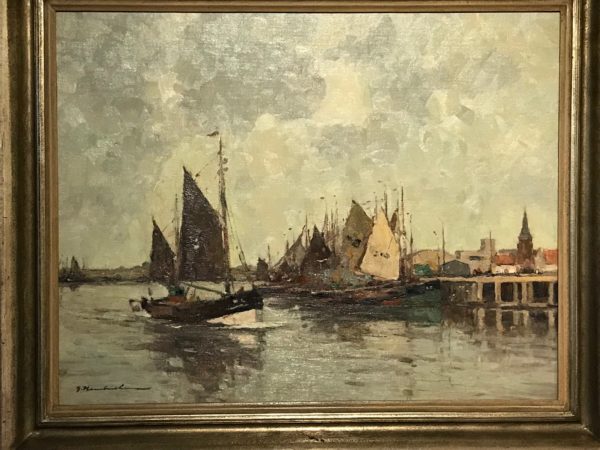
Outgoing Fishing Vessel by Georg Hambuchen ©2018 Bo Mackison
- Bone Ship ©2018 Bo Mackison
- Bone Ship Display ©2018 Bo Mackison
The museum has the largest collection of bone ships. These have an unlikely story — many were created by prisoners-of-war who used whatever available materials were at hand — bones from their meals, their own hair, etc. — to create ship models. They were fascinating to study in a macabre sort of way. Testament to the creative spirit, I do believe.
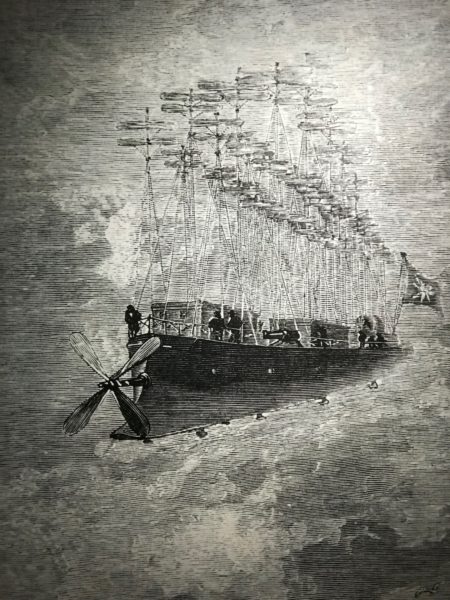
Jules Verne Print ©2018 Bo Mackison
We walked through most of the other floors, but spending three hours here allowed us to give many exhibits a cursory glance. Favorites included the exhibit on cruise ships, including artifacts from the great sailings on the Queen Mary and LEGO replicas of some historical favorites.
Well worth our time and a great value too.
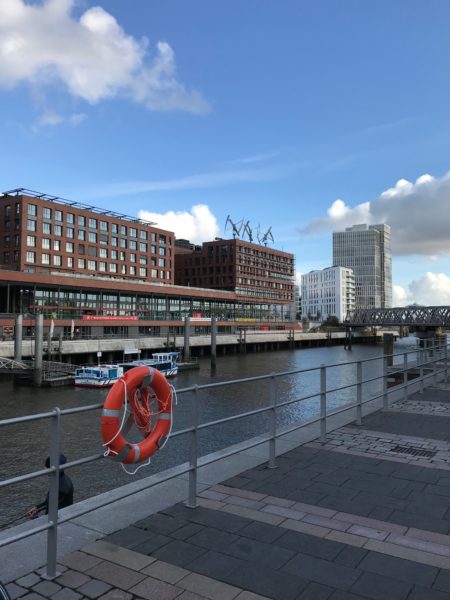
Harbor View ©2018 Bo Mackison
Another walk back to the ship and dinner, then off to have a beer in the oldest brew house in Hamburg.
- Groninger ©2018 Bo Mackison
- Gleaming Copper ©2018 Bo Mackison
- Tree of Pretzels ©2018 Bo Mackison
Groninger Brewhouse claims to be the city’s first wheat beer brewery. We went with a group and those indulging in the beer tasting seemed well satisfied. I can only vouch for the good flavor of the pretzels!
